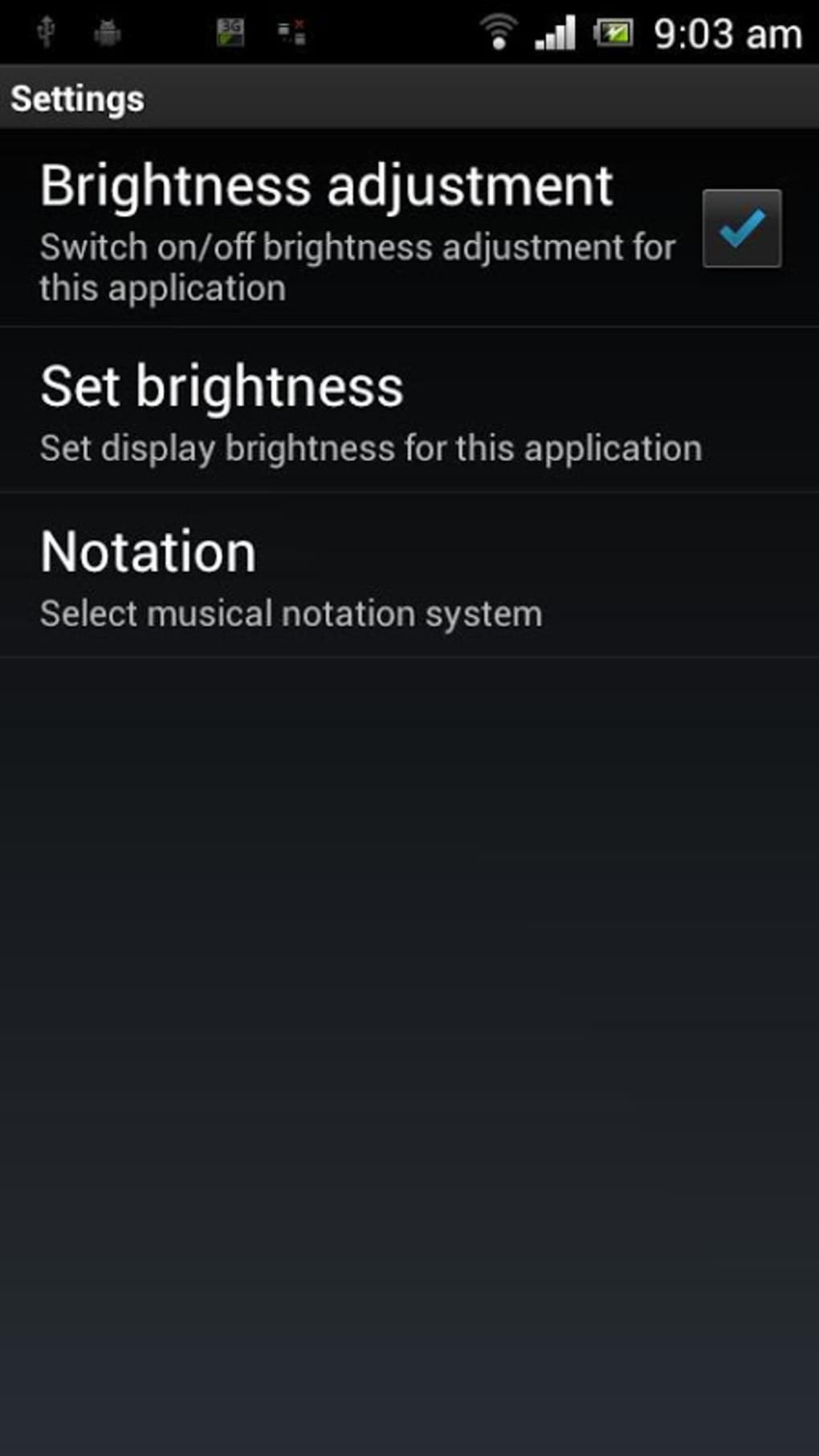

Using a threshold of 0.9 or 90%, we can filter out near-duplicate images.Ĭomparison between just two images Score: 91.097%Ĭode from sentence_transformers import SentenceTransformer, util The higher the score, the more similar the lower the score, the less similar. We get more interesting score comparison results between different images.


This dataset has 5 images, notice how there are duplicates of cat #1 while the others are different.įinding near-duplicate images Score: 91.116% For instance, if the determined score between two images are greater than 0.9 then we can conclude they are near-duplicate images. To find near-duplicate images, we can set the threshold to any arbitrary value, say 0.9. A duplicate image will have a score of 1.00 meaning the two images are exactly the same. By setting the threshold lower, you will get larger clusters which have fewer similar images in it. We can use a threshold parameter to identify two images as similar or different. When two images are compared, they are given a score between 0 to 1.00. To find image duplicates and near-duplicates, we encode all images into vector space and then find high density regions which correspond to areas where the images are fairly similar. We can use the OpenAI Contrastive Language-Image Pre-Training (CLIP) Model which is a neural network already trained on a variety of (image, text) pairs. Here's a quantitative method to determine duplicate and near-duplicate images using the sentence-transformers library which provides an easy way to compute dense vector representations for images. Print('difference : ', hashing1-hashing2)

Reduced_image = image.resize((50, 50)).convert('RGB').convert("1")Īnd the code for comparing two image hashing: from PIL import Image The code I use to reduce the image size is this : from PIL import Image The hashing difference score of the pixeled images is even bigger! : 26īelow two more examples of near duplicate image pairs as requested by zen: When pixeld (50x50 pixels), they look like this: The difference between the hashing score of these images is : 24 This is a sample of a near duplicate image pair: To tackle this, I tried to reduce the pixelation of the near-duplicate images to 50x50 pixel and make them black/white, but I still don't have what I need (small difference score). As the difference score between their hashing is generally similar to the hashing difference of completely different random images. However, finding near-duplicate and slightly modified images seems to be difficult. The code is working perfectly for finding exact-duplicate images. I am using Perceptual hashing technique to find near-duplicate and exact-duplicate images.


 0 kommentar(er)
0 kommentar(er)
